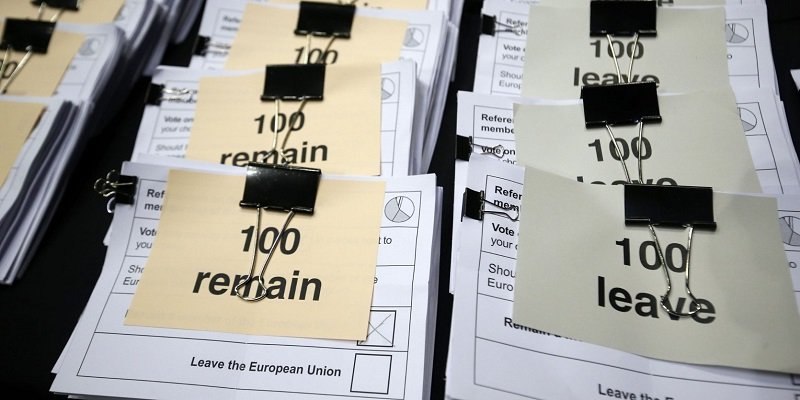
Unexpectedly high turnout in Leave areas pushed the campaign to victory
Unusually, the North outvoted the South
Unfortunately YouGov was four points out in its final poll last night, but we should not be surprised that the referendum was close – we have shown it close all along. Over half our polls since the start of the year showed Brexit in the lead or tied.
Voting intentions have fluctuated in this extremely close, unusually volatile, contest. In the end, Leave won the day, something that YouGov showed was a real possibility for the entire referendum campaign, even as our competitors continued to show strong double digit leads for Remain, and the financial and betting markets refused to consider Brexit a possibility.
As we wrote in the Times newspaper three days ago: “This campaign is not a "done deal". The way the financial and betting markets have reacted you would think Remain had already won – yesterday's one day rally in the pound was the biggest for seven years, and the odds of Brexit on Betfair hit 5-1. But it's hard to justify those odds using the actual data…. The evidence suggests that we are in the final stages of a genuinely close and dynamic race.”
YouGov, like most other online pollsters, has said consistently it was a closer race than many others believed and so it has proved. While the betting markets assumed that Remain would prevail, throughout the campaign our research showed significantly larger levels of Euroscepticism than many other polling organisations. Indeed, the majority of our polls since the start of June showed Leave ahead.
We do not hide from the fact that YouGov’s final poll miscalculated the result by four points. This seems in a large part due to turnout – something that we have said all along would be crucial to the outcome of such a finely balanced race. Our turnout model was based, in part, on whether respondents had voted at the last general election and a turnout level above that of general elections upset the model, particularly in the North.
Early in the campaign, an analysis of the “true” state of public opinion claimed support for Leave was somewhere between phone and online methodologies but a little closer to phone. We disputed this at the time as we were sure our online samples were getting a much more representative sample of public opinion.
It is clear that the two modes told very different stories for this campaign with online samples calling it right during the campaign and being closest to the final result. Indeed, the only two British Polling Council members to show ‘Leave’ ahead in their final eve of poll predictions were from online samples and three of YouGov’s final six polls of the campaign showing ‘Leave’ with the edge ranging from a 4% Remain lead to an 8% Leave lead.
Understanding the precise mechanics of Leave’s win will take some time. What is clear is that it is a historic mispricing of the risk by the financial markets, the betting markets and the media despite continued evidence from pollsters such as YouGov that the race was close and Brexit was a real possibility.
Image from PA